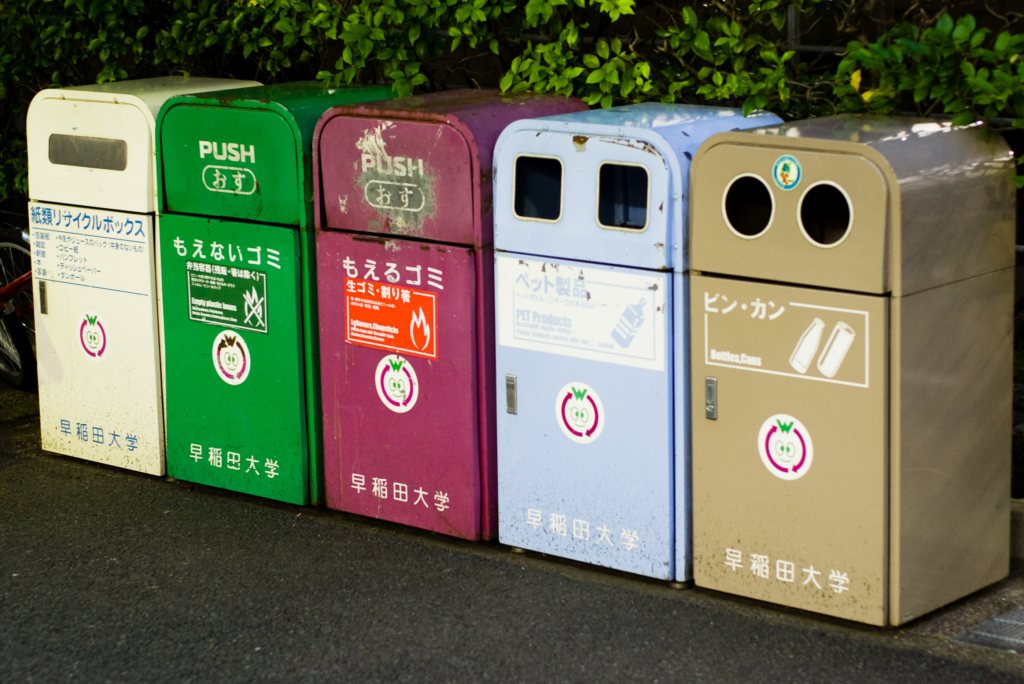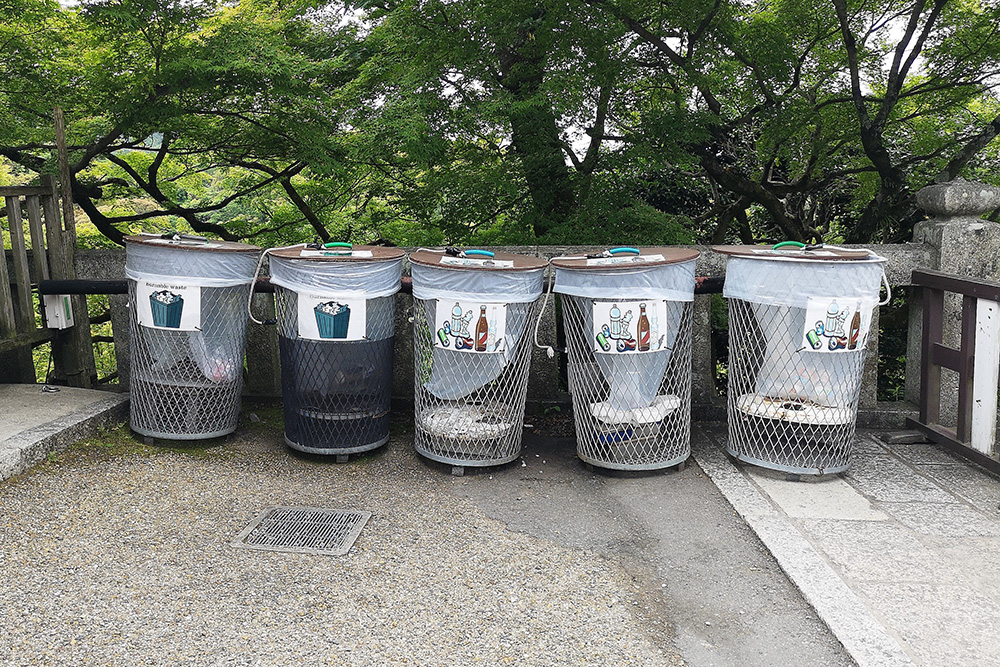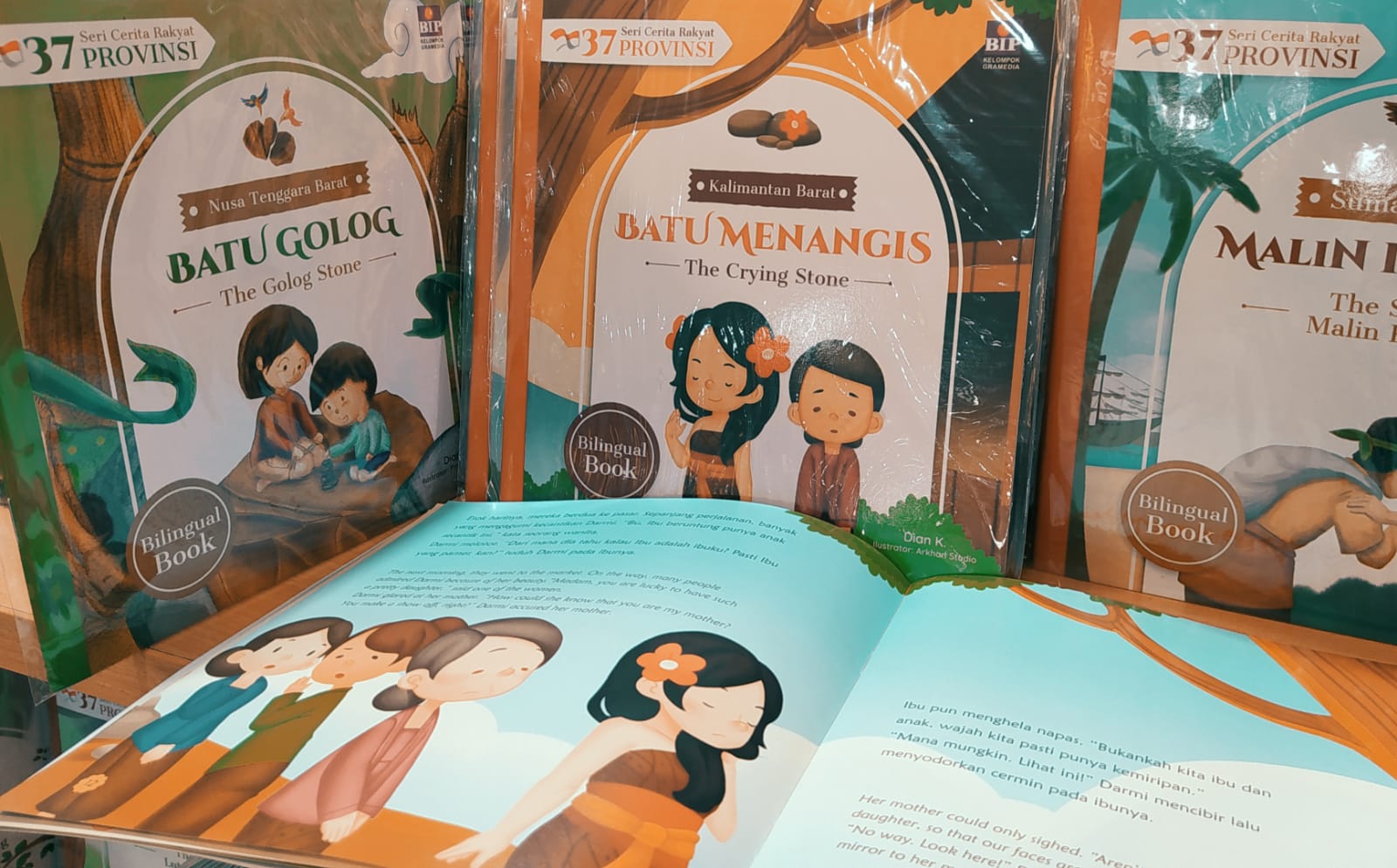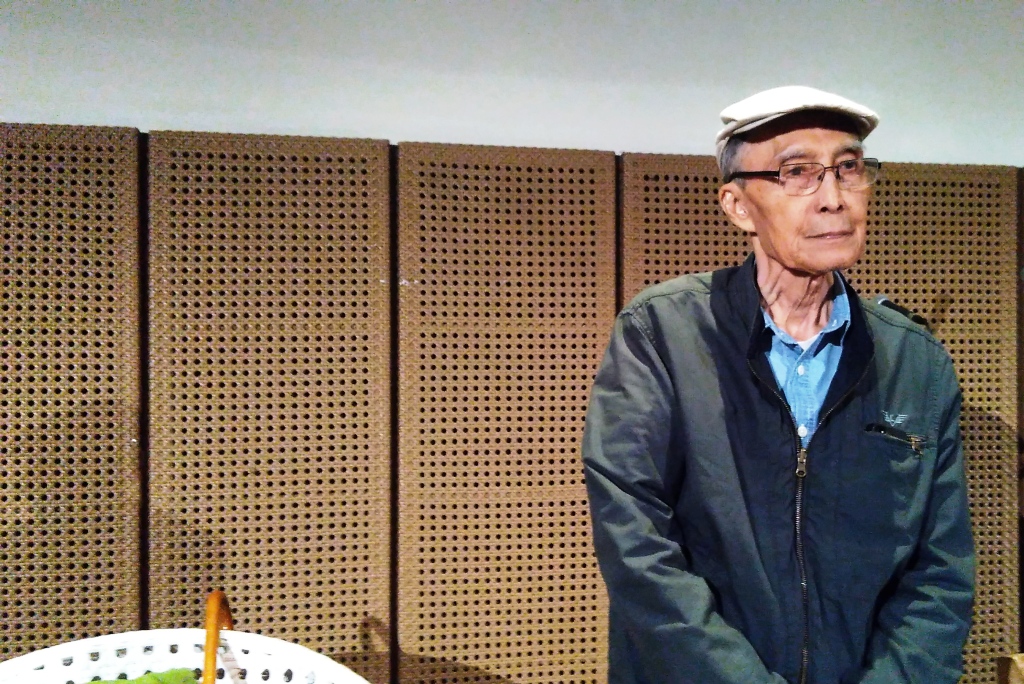Garbage crisis and food waste has been a crucial problem in our lives. Trash pollution can harm our environment and make our health drastically decrease if we don’t take this matter seriously. Poor waste management also has the potential to bring the end of all ecosystems, including humans and wildlife. This raises the issue of human health that will suffer along with our climate if pollution from garbage continues to rise. This pushes the no waste policy onto Japan that helps them realize what dangers garbage will bring them.
Japan is very well-known for its clean environment and their habits of not wasting. Citizens in Japan have made hundreds of ways to prevent their waste from going awry with efforts. To live with no waste is already culturally innate inside the Japanese custom and Japan is very aware of their own environment and health as well.

Therefore, Japan is also known for their recycle bins in every area to avoid trash everywhere. There are recycling laws that they have to obey like separating parts of waste in different bins to make it more efficient. Japan is also familiar with the concept of using leftover foods to serve guests and reusing things to make themselves more comfortable in their own situation. Not only in the food category, Japan also works hard on household waste.
They also divide the categories and place them based on its bin. Each bin will specifically state what items they can throw inside by looking at the instructions. For example, plastic will be thrown in the plastic bin and medical tools will be thrown in the medical bin. The trash will be transported to a collection center to remove unnecessary things that are placed wrongly. Goods that aren’t worn out wind up at the recycling store, where locals can donate or take home goods– mainly clothing, dishes, and decorations– for free. This way, more citizens can enjoy stuff that they need without spending money to avoid overconsumption.

Japan believes in ‘mottainai’ as they motivate everyone to cherish and make the best use of their resources, while all at once being environmentally cautious and preventing wasteful behavior. They tend to regret the resources that they use for themselves and feel a sense of regret over waste, so they do their best in making use of the waste without misapplying anything. Mottainai makes them even more grateful for the things that they used before and this lets them improve their environment by helping each other through this policy.
With recycling methods and reusing steps revolving around Japan, historical practices like kintsugi, the art of repairing broken pottery using gold through the cracks are also a part of recycling. Kintsugi makes us realize the beauty of broken pottery that can be repaired by gold. It has the symbolic idea of having several cracks that can be repaired by other materials as long as we see the beauty in it.

As the world tries to tackle the plastic waste catastrophe and the global warming crisis, Japan is also familiar with the concept of reusing, recycling, and reducing. They come together behind a goal to reduce reliance on burning stations and landfills. To prolong their resources and help them survive in the harsh winter, they use recycled products and leftover foods to make them comfortable throughout the season.
According to a report, one of the Japanese chefs, Keiko Kuwakino who lives around Murakami, Japan, gained insights after backpacking to different countries to experience the wonders of the world and their cooking lifestyle. She brought her knowledge to her hometown to develop the no waste policy inspired by her grandmother. Living in a five-months snow season every year, her grandmother was forced to not waste any resources for her living costs. Her grandmother was fond of making foods from leftover dishes.

Furthermore, Kuwakino is used to having fancy dishes in her stead like caviars, uni and many high class ingredients, she also has the talent of changing leftovers to fancy dishes. Sometimes she uses fish skeletons or chicken bones to richen the stocks and leaves stems for its decoration around the food. Her soup is also combined with many ingredients that can pass as indecent leftovers like bones and leftover garnish.
Cited from the same article, another chef from New York City, a sushi master named Masa Takayama, felt sadness towards the live creatures he had cooked for his guests. He made sure the creatures are all cooked from head to tail. As a sushi master, he uses all the fish parts turning into an exquisite meal for his customers to serve food at its finest. Grilled fish head is a regular menu item at his restaurant. He stated that the most umami filled in the fish head and still are able to be eaten for its fat stored in the head.
That being said, a no waste policy can create a more healthy lifestyle and reduce overspending money too. The policy can help citizens in Japan and hopefully, many more countries to push their limits in taking care of garbage waste. Due to Japan, more countries are becoming aware of the no waste policy and improving significantly with efforts. Lots of countries have then applied the no waste policy insight in their own area to help the planet altogether.
Graciella Aurelia Tjan
Instagram: @graciellaaurl
Email: graciellaaurelia07@gmail.com









My brother recommended I might like this web site He was totally right This post actually made my day You cannt imagine just how much time I had spent for this information Thanks
Its like you read my mind You appear to know so much about this like you wrote the book in it or something I think that you can do with a few pics to drive the message home a little bit but instead of that this is excellent blog A fantastic read Ill certainly be back
Hi, I’m Jack. Your blog is a treasure trove of valuable insights, and I’ve made it a point to visit daily. Kudos on creating such an amazing resource!